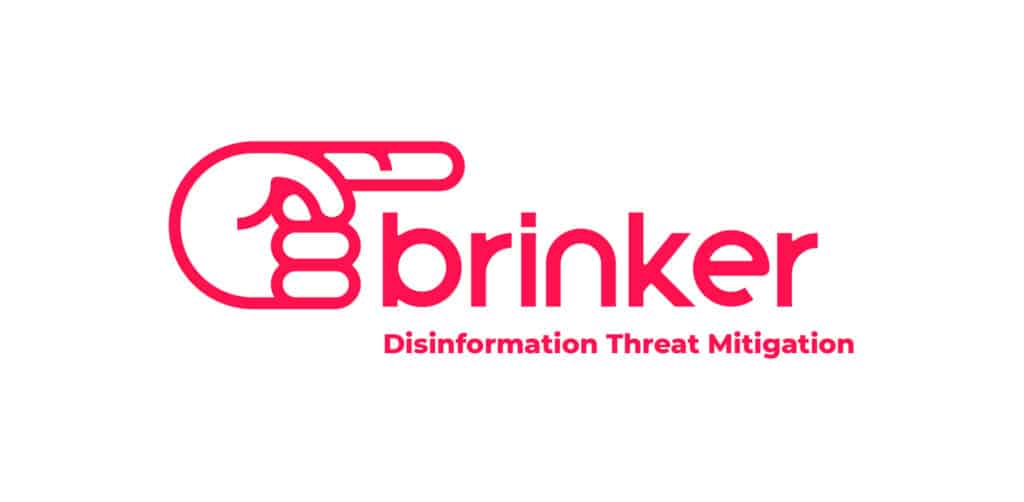Ralph Langner, the renowned expert on the security of industrial control- and SCADA systems, warns that the latest draft of the U.S. Government’s Cyber Security Framework (CSF) will do little to make critical infrastructure more resistant to devastating cyber attacks. Writing on his blog, Langner said that a draft of the National Institute of Standards and Technology’s (NIST’s) Preliminary Cybersecurity Framework does little to compel critical infrastructure owners to improve the security of their systems, or guarantee uniform (and robust) cyber security standards in the critical infrastructure space. NIST released the latest draft of the CSF late last month (PDF). But Langner, writing on Wednesday, likened the framework to a recipe that, if used by three different chefs, produces three totally different dishes…or just a messy kitchen. “A less metaphorical words, a fundamental problem of the CSF is that it is not a method that, if applied properly, would lead to predictable results,” […]
Recent Posts
Insecure At Any Speed: Are Automakers Failing The Software Crash Test?
Editor’s Note: You can view the rest of my conversation about application and supply chain security, featuring Joshua Corman of Akamai and Chris Wysopal of Veracode by visiting Veracode’s web site. – PFR You’re in the market for a new car, and you’ve made a list of the features you want: a cool, tablet style interface for the audio and navigation system, side impact airbags for the front and rear compartment, a pop-up third row of seating. Heck, maybe you even want to hold out for the automatic seat temperature control that some Lexus cars now come with. While you’re at it, how about some secure software, too? That last item probably isn’t on most buyers’ check list today, but it may be soon, according to two, prominent security experts: Chris Wysopal, of Veracode, and Joshua Corman of Akamai. Speaking on Talking Code, an exclusive video hosted by The Security Ledger […]
That ARM-Sensinode Buy: What Does It Mean For Security And IoT?
We wrote last week about the decision of chip-maker ARM to buy the small(ish) Finnish software maker Sensinode Oy, which has become a big player in the market for software that runs low power devices like embedded sensors. The deal makes sense at the 100,000 foot level – ARM makes chips that power embedded devices, Sensinode makes the software that is powered by them. Perfect. But the deal actually works at a bunch of different levels, as I learned from a conversation with Michael Koster, the co-founder and lead architect at the group The Open Source Internet of Things (OSIOT). Koster is an authority on The Internet of Things and has helped create open-source toolkits and APIs that promote interaction among intelligent devices. Koster said that ARM’s purchase of Sensinode is as much about both firms’ investment in emerging IoT standards for low-powered, intelligent devices like Constrained Application Protocol (CoAP) […]
What Is The NSA’s Big Crypto Breakthrough?
The revelations about US government spying keep coming fast and furious, thanks to Edward Snowden, the former Booz Allen Hamilton contractor who absconded with reams of classified (and highly classified) documents from the National Security Agency. The latest details come courtesy of The Washington Post which on Thursday published documents detailing the so-called “Black Budget” – government spending on its intelligence services including the CIA and NSA – over the last nine years, including the $52 billion spent in 2013. The documents give the most detailed accounting to date on U.S. government spending on intelligence in the post September 11 world and contain quite a few surprises. Among them: proof that the CIA receives far more money than does the NSA. But it is Uncle Sam’s work on cryptanalysis that has attracted a lot of attention from computer security and privacy experts. First, the Black Budget reveals that the NSA […]
Is Jump In ToR Use Blowback From PRISM?
It’s ironic that government surveillance might push the public to embrace technology pioneered by the Department of Defense. But so it is: new metrics from The Tor Project show that use of the online anonymity service has exploded since early June: up more than 100 percent, from just over 500,000 global users to more than 1.2 million. Why the sudden surge in privacy conscious Internet users? It would be easy to connect the dots between revelations about the U.S. government’s omnibus data gathering program PRISM and the sudden desire of Internet users to sacrifice some speed and performance for the privilege of having their online doings passed through The Onion Router. Still, it’s not clear that this is the case. To be sure: growth is being seen across the board, not just in active users, but in the number of ToR clients running, the data suggests. There are steep increases […]






